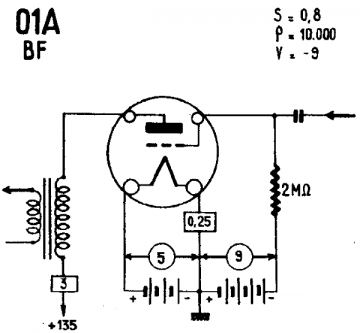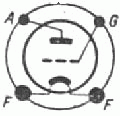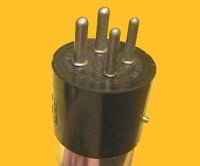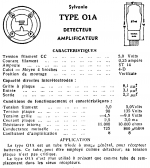
01A
|
Variants
|
|||||||||||||||||||||||||||||||||||
|
Hits: 6203 Replies: 0
Short Illustrated History of the 01A (01A)
|
|
|
Konrad Birkner † 12.08.2014
17.Jan.06 |
1
RCA UV200 (Argon-gas filled at 0,05 mm Hg), and UV201 (vakuum) had brass base and tip; 1 amp @ 5 volt filament. 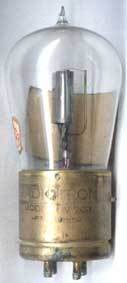 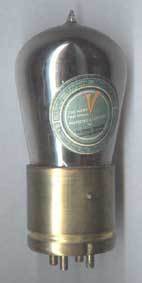 Marketed by RCA. announced in November 1920 and advertised for sale in December 1920. Marketed by RCA. announced in November 1920 and advertised for sale in December 1920.---------------------------------------------------------------------------------- UV201A (vakuum) from October 1922, brass base, tipped. Filament took .25 anp @ 5 volt. From mid 1924 on bakelite base, no more tip. 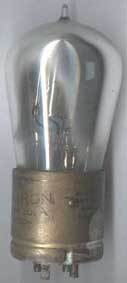 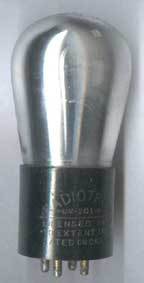 both types UV201A both types UV201A---------------------------------------------------------------------------------- The new UX based tubes were throughout untipped and used a Bakelite base. UX201A (vakuum) from August 1925; .25 amp @ 5volt, and UX200A (caesium vapor) from April 1926; .25 amp @ 5 volt. 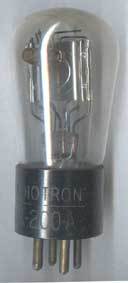 UX200A UX200A  UX201A UX201A------------------------------------------------------------------------------------- Cunningham distributed the same tubes types but under different denomination: C in place of UV and CX instead of UX. Furthermore the 20x numbers became 30x. Consequently C300 = UV200 und CX301 = UX201. 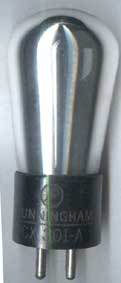 Cunningham CX301 Cunningham CX301------------------------------------------------------------------------------------- Nomenclature Soon an abbreviated name came into everydays use for the practically identical tubes having different names. They were simply called the 01 or '01. That can be found even printed on schematics etc. It was kind of a generic name. Officially this name 01A appeared around 1932 for the shoulder or dome type glass envelopes. 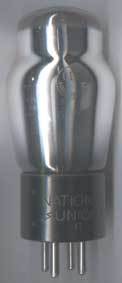 '01A with "shoulder" (dome type) '01A with "shoulder" (dome type)RCA had initially no tube manufacturing. They marketed tubes made by Westinghouse or General Electric as a distributor, but under their own brand "Radiotron". Cunningham was also involved in that nearly monopolistic business. In 1930 RCA eventually established the "RCA Radiotron, Inc." as their own manufacturing subsidiary. Replacement since the 01A is a perfect functional replacement for a.m. tubes, it is not really an error if it is called for a radio before 1932. But anyway we should always try to state the coincident tube types for the models. Ref.: Saga of the Vacuum Tube Photos: Authors collection |
End of forum contributions about this tube
| Data Compliance | More Information |

